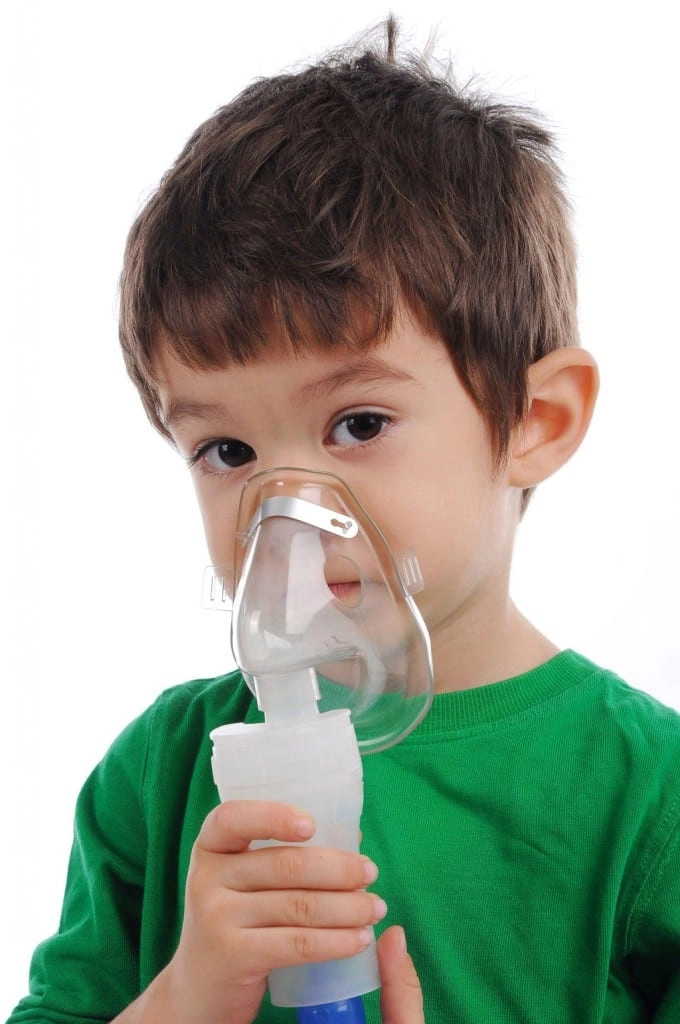Parental concerns about fevers are a common reason for midnight visits to the emergency room. With the bewildering assortment of oral, rectal, skin and ear thermometers, along with dozens of varieties of fever-reducing medicines, a whole fever-phobia has developed in our culture. Fever should certainly be respected, but it should not be feared. Let’s dispel some of the myths surrounding this symptom, and hopefully your life will be a little less stressful when your twin’s internal furnaces are working overtime.
MYTH #1: Fevers cause brain damage
This is perhaps the most commonly held fever myth, and one that I have to discuss almost every night in the ER with worried parents. Fevers that are due to infection, even those reaching heights of 105°F, will not cause brain damage. It is true that aches and pains can accompany high fevers, and the fever can even produce some nonsensical or babbling behavior, but high fevers will not permanently injure your child. (Brain damage will occur in body temperatures over 108° F, which only results from environmental conditions—a child left in a closed car in hot weather, for example).
MYTH #2: Fever seizures are harmful
There is nothing quite so frightening as to observe your precious child seizing in front of you. Fortunately, fever seizures rarely last more than a few minutes and do no permanent harm. Thankfully, children who have had febrile seizures are not at increased risk for learning disabilities, developmental delays, or epilepsy.
MYTH #3: All fevers need to be treated
Fever does not have to be treated. Why? Because treating the fever will not help combat the underlying disease process. However, because fevers above 102° F can sometimes cause discomfort, it is reasonable to treat these fevers with acetaminophen or ibuprofen liquid.
A few words of caution: It is not necessary to soak or sponge your child with cold-water baths—this only reduces the fever for a few minutes. And never use rubbing alcohol to cool your feverish child. Alcohol is toxic to infants, and will be absorbed through the skin.
MYTH #4: Without treatment, fevers will just keep getting higher
Our brains have a wonderful internal thermostat that will stop a fever from getting higher than 105-106° F—whether you treat the fever or not.
MYTH #5: With treatment, fevers should return to normal
Aggressive fever treatment may not always work. Or it may only lower the fever a degree or two. Or may only keep the temperature down for an hour or two. Knowing this, be careful not to get frustrated and over-treat a feverish child, risking an overdose. Remember: the fever is not the real problem.
MYTH #6: The higher the fever, the more dangerous the illness
This can be a dangerous myth. A child can be quite ill, with a serious infection like pneumonia or meningitis, and yet have a low grade fever or no fever at all. Conversely, benign viral infections, that do no harm, can cause high fevers that are unresponsive to fever-lowering medicines.
How your child appears (does he look sick?) is far more important than how high his fever may be.
MYTH #7: Any temperature higher than 98.6 is considered a fever
A normal person’s temperature changes throughout the day. Furthermore, the range of “normal” temperatures can vary several degrees. Most pediatricians define a fever as any rectal temperature above 100.5°F.
In summary, fever is simply a warning sign that an infection may be present. Think of it like a subtle grinding sound that suddenly appears from your car’s engine. Upon hearing such a noise, would you wrap your engine in soundproofing material and start wearing earplugs, so that you could no longer hear the grinding? Or would you have a mechanic investigate its source? Likewise, relax about the heat, while you begin a search for the flame.
Steven Sainsbury lives in San Luis Obispo, Calif., and is the father of eight in a blended family, including three surviving quads, now 21 years old. He’s been writing medical articles for TWINS since 1986, and has worked as a full-time emergency physician since 1985.






